This is the picture from the textbook James F. Kurose, Keith W. Ross: Computer networking: a top-down approach, ISBN-13: 978-0-13-285620-1. ISBN-10: 0-13-285620-4.
According to the picture, the welcoming port is different to actual connection port.(since different socket is assigned a different port number. So let's say Client is initializing a HTTP request, so the welcoming port is 80 on the web server, and then the actual connection port is different than 80?
The second question is, what's the purpose of handshaking for TCP? I was only taught that why TCP's handshaking is but don't actually know why handshaking is essential. If we get rid of handshaking from TCP, we can still make TCP a reliable data transfer protocol, can't we?

